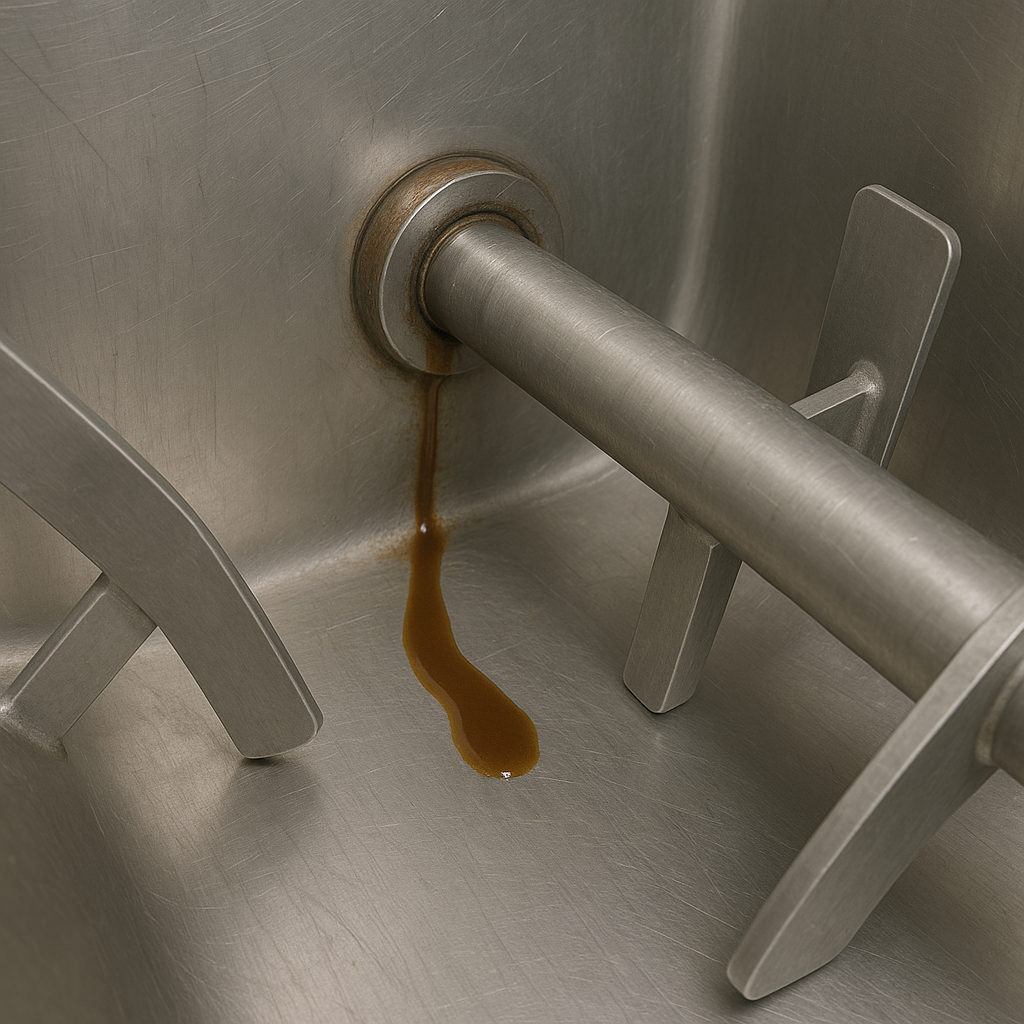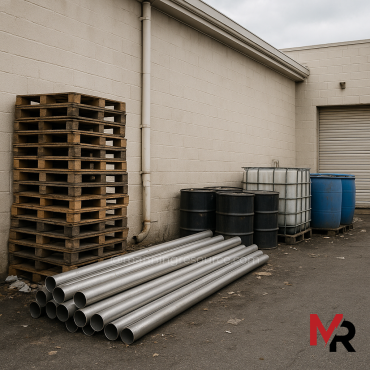In food manufacturing, it’s often what you don’t see that poses the greatest risk.
Behind the smooth walls of your mixers, blenders, and conveyors, bushings and seals are quietly working, until they fail. And when they do, the consequences can be devastating contamination, consumer injury, brand damage, and massive downtime.
That’s why internal components should never be out of sight, out of mind.
These components wear down with time, especially if your plant relies on long-production runs, aggressive sanitation chemicals, high-temperature cleaning, or high-pressure spray systems that can force water into sealed areas.
Once seals fail, it’s only a matter of time before allergens accumulate, pathogens grow, and mechanical wear leads to foreign material contamination, often discovered only after it reaches your consumer.
What You Can Do to Prevent This:
– Invest in high-quality OEM parts during procurement. Cheap parts could mean short lifespans.
– Follow strict preventative maintenance and lubrication schedules—especially for food contact equipment.
– Post-sanitation and pre-production inspections should always include critical wear components like bushings and seals.
– Auto-lube systems? Great, if they’re monitored continuously to ensure proper flow and coverage.
– Validate your cleaning process to confirm chemical compatibility, proper concentrations, correct temperatures, and that non-destructive water pressures are used. The wrong process and chemicals can destroy seals from the inside out.
– Create a clear process to report issues: Make it easy and judgment-free for employees to escalate concerns quickly.
This isn’t just about fixing equipment, it’s about protecting your brand and preventing the next recall.
Engaged leaders don’t just give directions, they ask the right questions.
Today, walk your floor and ask your team,
“Where do you think we could have a hidden failure, like a worn seal or bushing? Can you show me what you’re seeing?”
Start the dialogue. Listen to their insights.
When your team feels valued, they don’t just follow, they engage.
That’s when prevention becomes culture.
#FoodSafety #PreventiveMaintenance #OEMParts #Sanitation #ForeignMaterial #PathogenControl #FoodManufacturing #RecallPrevention #AutoLube #ContaminationRisk #ManufacturingLeadership #DowntimePrevention




Add Comment